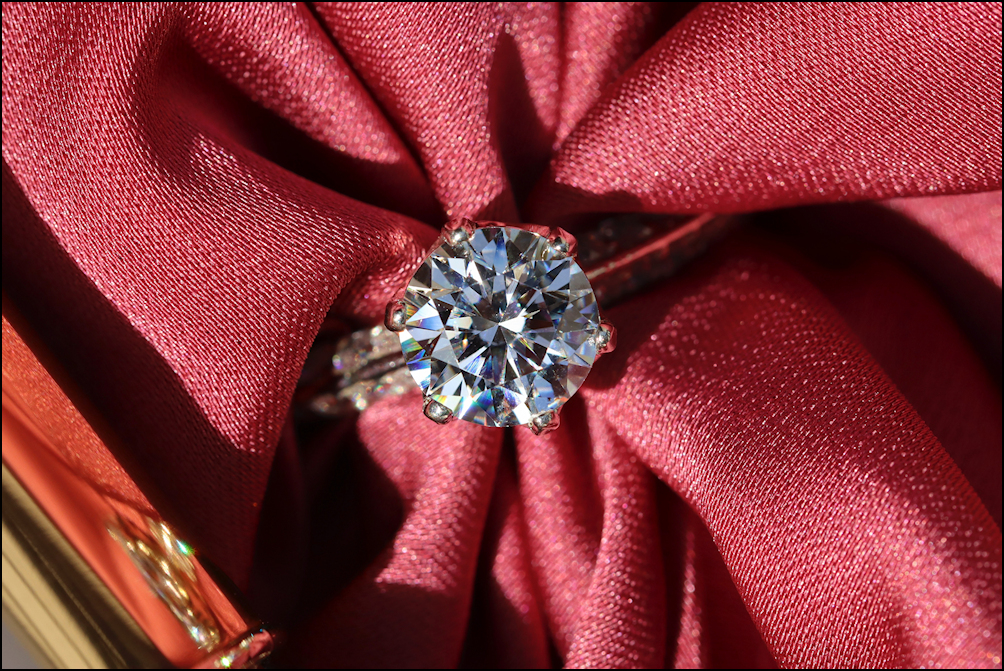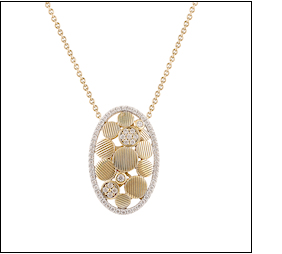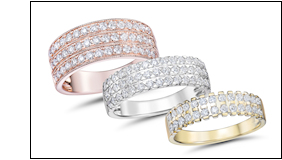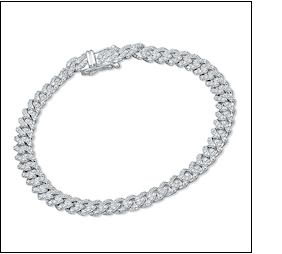Diamond Difficulties?

Two major diamond centers—Russia and Israel—are in the grip of turmoil for different reasons that are equally disturbing to international jewelry markets. Sanctions against Russia and a looming ban on Russian-origin diamonds exceeding 1 carat in size have forced firms to scrutinize their diamond sourcing while cut and polished diamonds out of Israel have sometimes faced delays.
Diamond imports from Russia have been banned in the U.S. since 2022, though those cut and polished in other countries have still gotten through because of the substantial transformation clause set in place by the government. The goal of that measure was to give time to businesses to find new sources.
Recent plans from industry groups aim to carry out the wishes of nations belonging to the Group of Seven (G7), which are determined to ban Russian diamonds entirely. And in an early December meeting, G7 members revealed they would introduce “import restrictions on non-industrial diamonds, mined, processed, or produced in Russia, by January 1, 2024, followed by more phased restrictions on the import of Russian diamonds processed in third countries targeting March 1, 2024.”
Further, G7 members who import large volumes of rough diamonds must establish “a robust traceability-based verification and certification mechanism for rough diamonds within the G7 by September 1, 2024.”
Some big players in U.S. jewelry manufacturing have been fielding compliance inquiries from select clients.
“Many of our customers are insisting on stones which are not of Russian origin,” says Lachish Awad, manager of customer service at Jasani.
As a sightholder, KGS Jewels obtains most of its diamonds from De Beers’ sources, including a new manufacturing facility in Botswana. Richard Bachu, vice president of sales, says the Russia issue isn’t really affecting KGS’s business, though questions do periodically arise from clients. “They ask if we are in compliance to make sure they are protected,” he says.
For Shefi Diamonds, the Russia-origin question is even less of an issue. “The majority of the diamonds we use are sourced from Australia and then cut in India,” explains Surbhi Jain, head of marketing. “Therefore, the potential impact on our operations is somewhat mitigated by the diversified nature of our supply chain.”
And given that Novell “isn’t in the center stone business,” says sales manager Rick Mulholland—Novell makes wedding bands—both wars have had minimal impact on operations. Similarly, Awad, who sources from Israel, a hub for cutting important stones, is relieved that his business, too, hasn’t (yet) been affected.
According to some interviewees, bigger issues than these wars—if you can believe it—exist in pricing and driving home the desirability of diamonds.
“The uncertainty surrounding diamond prices and the upward trend in gold prices may pose challenges for our business,” says Shefi Diamonds’ Jain.
For Sandeep Shah, president of Sandeep Diamond, the dearth of consumer marketing to inspire diamond desire is a larger problem.
“There is a lack of creation of desire from the miners, retailers, and wholesaler—all of the stakeholders in the diamond and jewelry industry,” he says. “[The industry] is alienating consumers by not doing enough to attract them to stores to buy diamond jewelry—mined or lab grown.”













